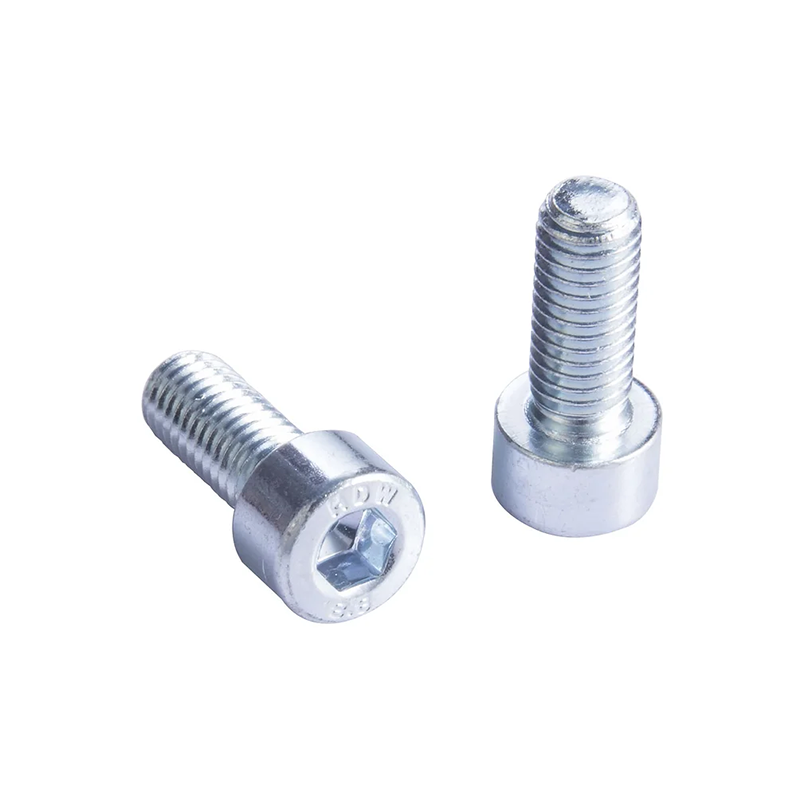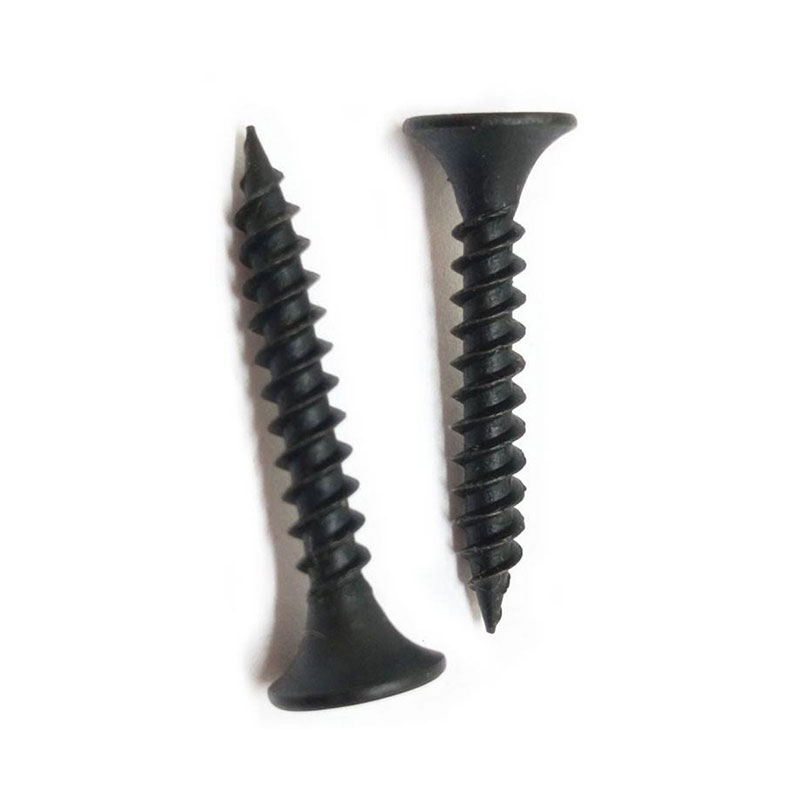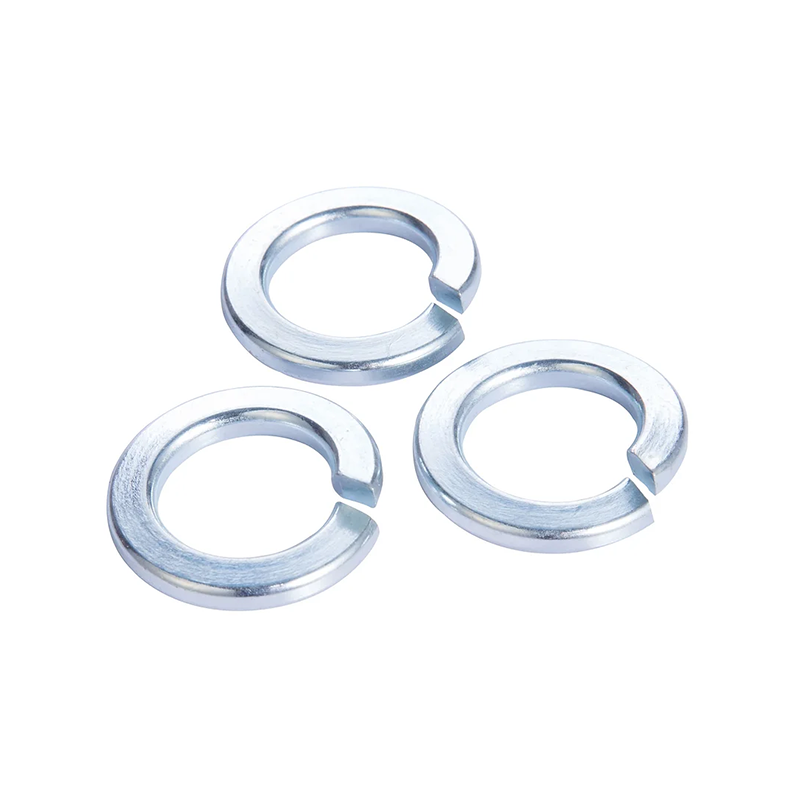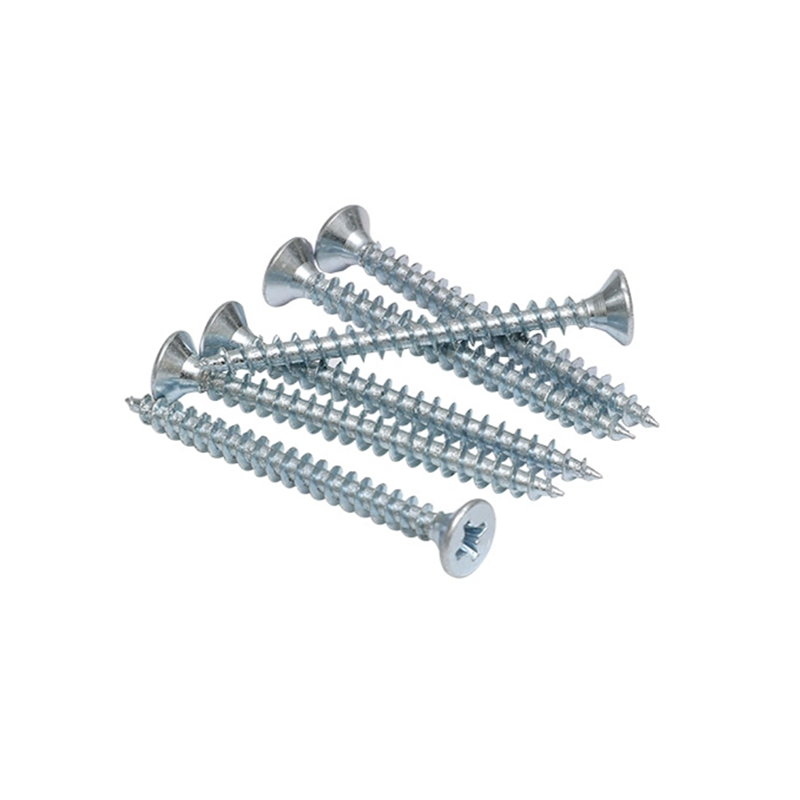Expansion Anchors vs. Plugs: Which One is Better for Your Project?
 2025.10.20
2025.10.20
 Industry news
Industry news
When tackling construction or home improvement projects, choosing the right fastener is crucial for ensuring a secure and lasting result. Expansion anchors and plugs are two of the most commonly used types of fasteners, but understanding the differences between them and when to use each can make a significant impact on the success of your project.

What Are Expansion Anchors?
Expansion anchors are specialized fasteners designed to be used in dense materials like concrete, brick, or masonry. These anchors typically consist of a metal or plastic sleeve that expands outward when a bolt or screw is inserted and tightened. This expansion allows the anchor to grip the material, creating a secure, friction-based hold. Expansion anchors are often used in heavy-duty applications where you need to secure large or heavy items that will bear significant weight.
Key Features of Expansion Anchors
-
Heavy-Duty Applications: Expansion anchors are designed for situations where high load-bearing capacity is needed. This makes them ideal for applications like securing shelving, machinery, or other structural components that need to withstand significant weight.
-
Material Compatibility: Expansion anchors are most effective in dense materials such as concrete, brick, and masonry. Their expanding mechanism allows them to secure firmly within these materials.
-
Load-Bearing Capacity: These anchors can bear much higher loads than standard plugs. This makes them suitable for large projects, including industrial or outdoor installations.
-
Installation Process: Installing expansion anchors typically involves drilling a hole into the material and inserting the anchor. As the screw is tightened, the anchor expands, gripping the surrounding material tightly.
Types of Expansion Anchors
Expansion anchors come in various forms, depending on the specific application. Some of the most common types include:
-
Sleeve Anchors: These anchors consist of a long sleeve that expands when the screw is tightened. They are particularly useful for concrete and brick applications.
-
Wedge Anchors: Wedge anchors are a type of expansion anchor that uses a wedge to expand and provide a secure grip in the base material. They are ideal for high-strength applications.
-
Toggle Anchors: Often used for hollow or dry walls, toggle anchors expand and distribute weight over a larger area.
What Are Plugs?
Plugs, also known as wall plugs or rawl plugs, are another common type of fastener. They are typically made of plastic or nylon and are designed to be used in softer materials like drywall, plaster, or soft concrete. Plugs function by expanding when a screw is inserted, helping to distribute the load and create a secure fixing point. They are commonly used in situations where only moderate weight needs to be supported.
Key Features of Plugs
-
Light to Moderate Duty: Plugs are ideal for hanging lighter objects such as picture frames, curtain rods, or small shelves. They are not designed to bear heavy loads like expansion anchors but are perfect for most household applications.
-
Material Compatibility: Plugs work best with softer materials like drywall, plaster, and soft concrete. While they can be used in brick or masonry, they do not provide the same level of hold as expansion anchors.
-
Easy Installation: One of the main advantages of plugs is their ease of installation. You simply drill a hole, insert the plug, and screw in the desired fastener. This makes plugs an ideal choice for DIY projects or situations where you need to make quick, reliable fixes.
-
Cost-Effective: Plugs are inexpensive and widely available. They are a great option for those working within a budget or those needing large quantities for general use.
Types of Plugs
Plugs come in a variety of shapes, sizes, and materials, each suited to different types of applications. The most common types include:
-
Plastic Plugs: The most widely used type of plug, suitable for lightweight installations.
-
Nylon Plugs: These offer better flexibility and can be used in applications where the material may expand or contract due to temperature changes.
-
Metal Plugs: These are used for heavier-duty applications and are often found in industrial settings.
Key Differences Between Expansion Anchors and Plugs
To help you make an informed decision about which fastener is right for your project, here is a comparison of the key features of expansion anchors and plugs.
| Feature | Expansion Anchors | Plugs |
|---|---|---|
| Material Compatibility | Concrete, masonry, brick, stone | Drywall, plaster, soft concrete |
| Load-Bearing Capacity | High – suitable for heavy-duty applications | Low to moderate – suitable for lighter loads |
| Installation Process | Requires precise drilling and tightening | Easy installation with basic tools |
| Cost | More expensive due to heavy-duty design | Cost-effective and widely available |
| Durability | Long-lasting and resistant to wear | Suitable for light and temporary fixings |
| Ideal Use | Heavy-duty shelving, machinery, and structural fixtures | Hanging pictures, small shelves, and light fixtures |
How to Choose Between Expansion Anchors and Plugs
When deciding between expansion anchors and plugs, it’s essential to evaluate the specifics of your project. Here are some key considerations to help guide your decision:
1. Load-Bearing Requirements
If your project involves securing heavy items that will need to bear substantial weight (e.g., large shelves, machinery, or structural fixtures), expansion anchors are your best bet. These anchors are specifically designed to handle high loads, making them ideal for industrial or commercial projects where safety and reliability are paramount.
On the other hand, if you’re hanging lighter objects such as picture frames, small shelves, or curtain rods, plugs will be sufficient. They are well-suited for residential applications where weight-bearing capacity is less of a concern.
2. Material Type
The material of the surface you’re working with is another critical factor. Expansion anchors are designed for use in dense materials like concrete, brick, and stone, where they can provide a strong, reliable hold. For applications in softer materials like drywall or plaster, plugs are more appropriate.
While plugs can sometimes be used in masonry, their holding power will be significantly weaker compared to expansion anchors. For soft materials like drywall, plugs are generally the go-to solution.
3. Ease of Installation
If you’re working on a DIY project and prefer a simple installation process, plugs are likely the better option. They don’t require specialized tools, and the installation process is quick and straightforward. You simply drill a hole, insert the plug, and screw in your fixture.
In contrast, expansion anchors often require more preparation. You’ll need to drill precise holes and may need to use a specific tool or technique to install the anchor properly. This makes expansion anchors better suited for more advanced projects or when you need to secure items in tough, dense materials.
4. Cost Considerations
Plugs are a more affordable option, especially for lighter-duty applications. If you’re working within a tight budget or need to install a large number of fasteners, plugs offer excellent value.
However, if your project involves securing heavy items or requires long-term durability, the added expense of expansion anchors will be worth it. While they are more expensive upfront, their higher load-bearing capacity and long-lasting performance justify the additional cost.
5. Durability and Longevity
In projects that demand longevity and durability, expansion anchors are generally the better choice. Their robust design ensures that they can withstand years of use and continue to provide a secure hold, even under heavy stress or weight.
Plugs, on the other hand, are more suitable for short to medium-term installations. While they perform well in typical household applications, they may not stand up as well to high-pressure environments or heavy loads.



 English
English русский
русский











 Products
Products Tel: 86-574-62101087
Tel: 86-574-62101087 E-mail:
E-mail:  Add: Xiaocao 'e Binhai Industrial Park, Yuyao, Zhejiang, China
Add: Xiaocao 'e Binhai Industrial Park, Yuyao, Zhejiang, China